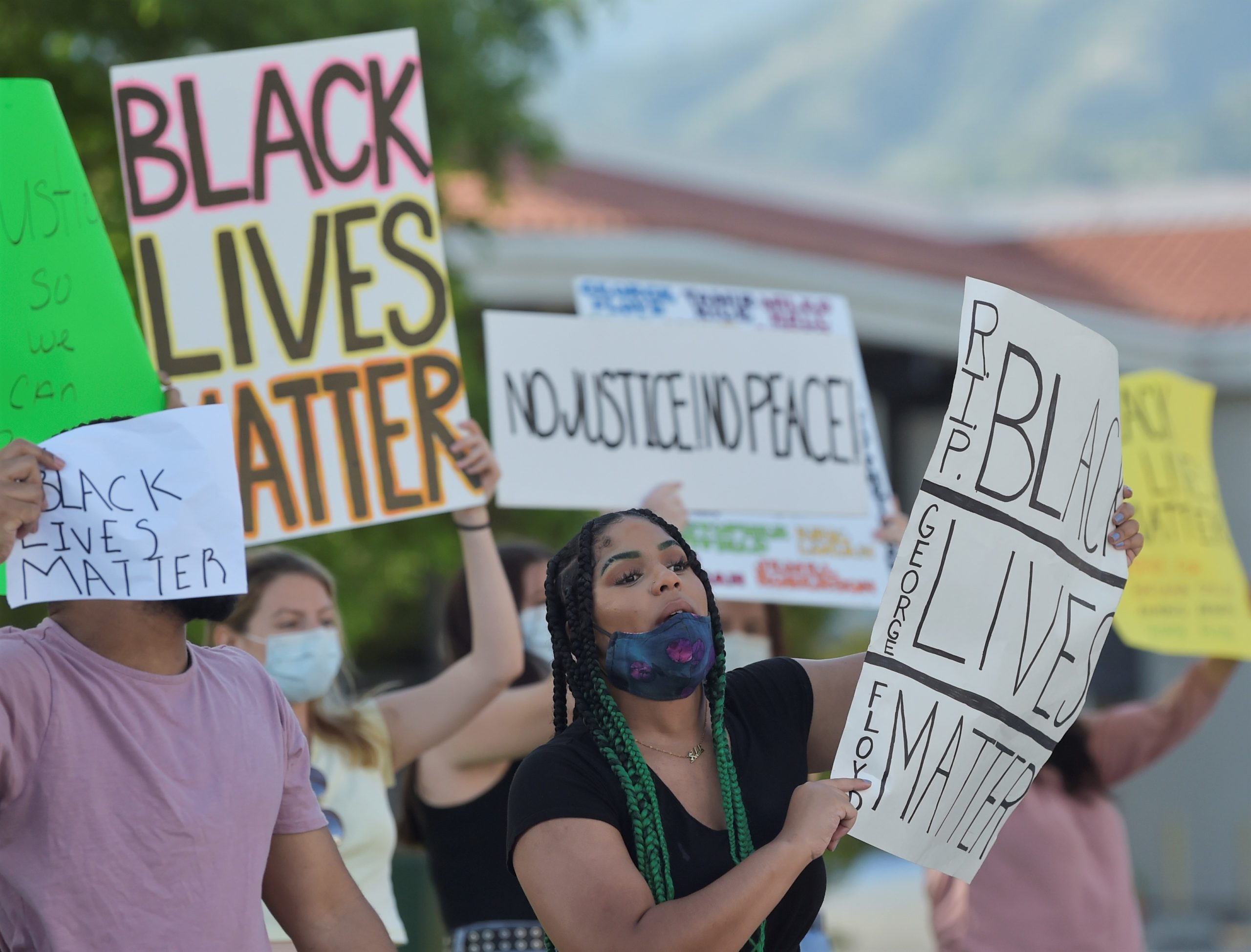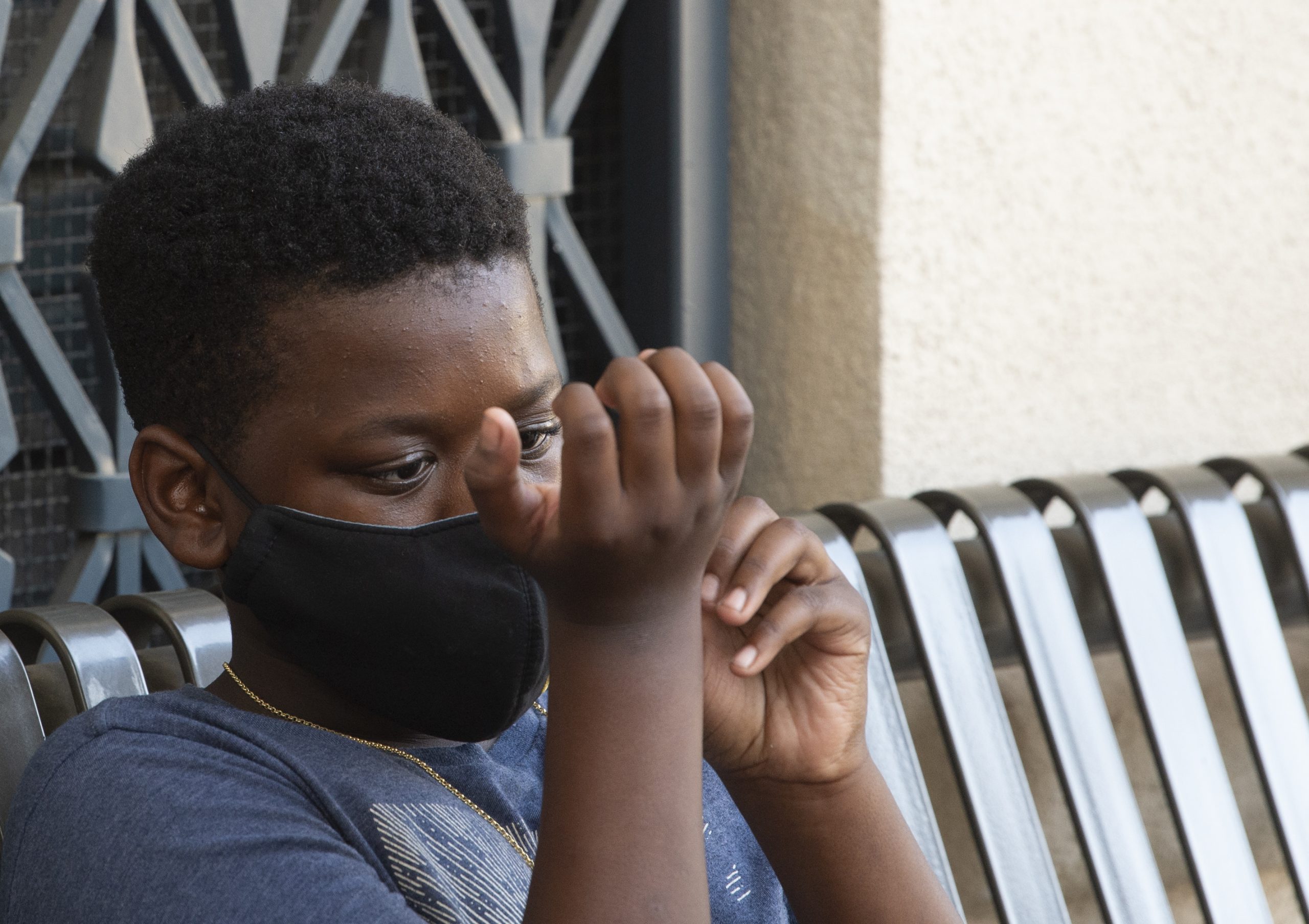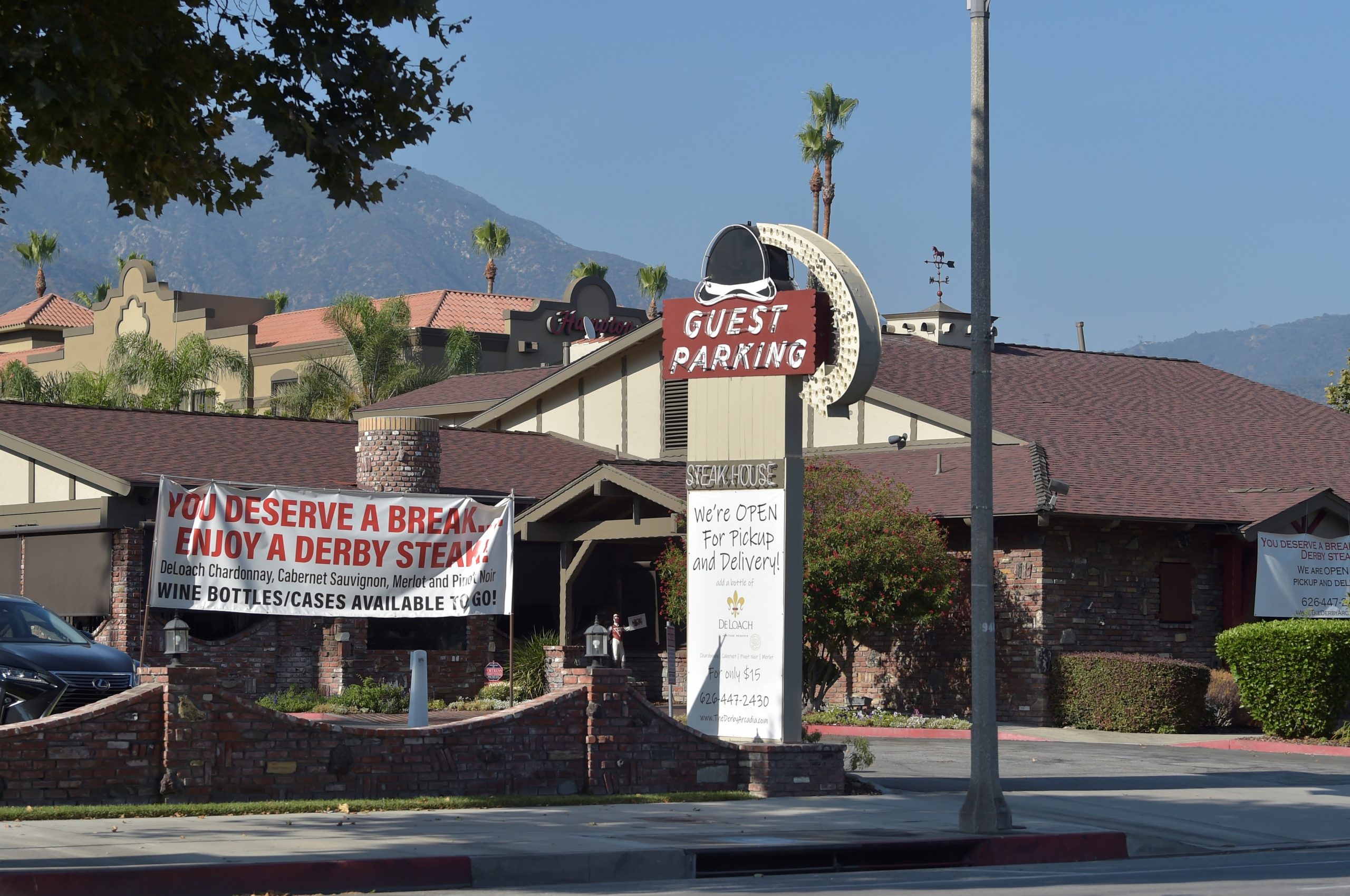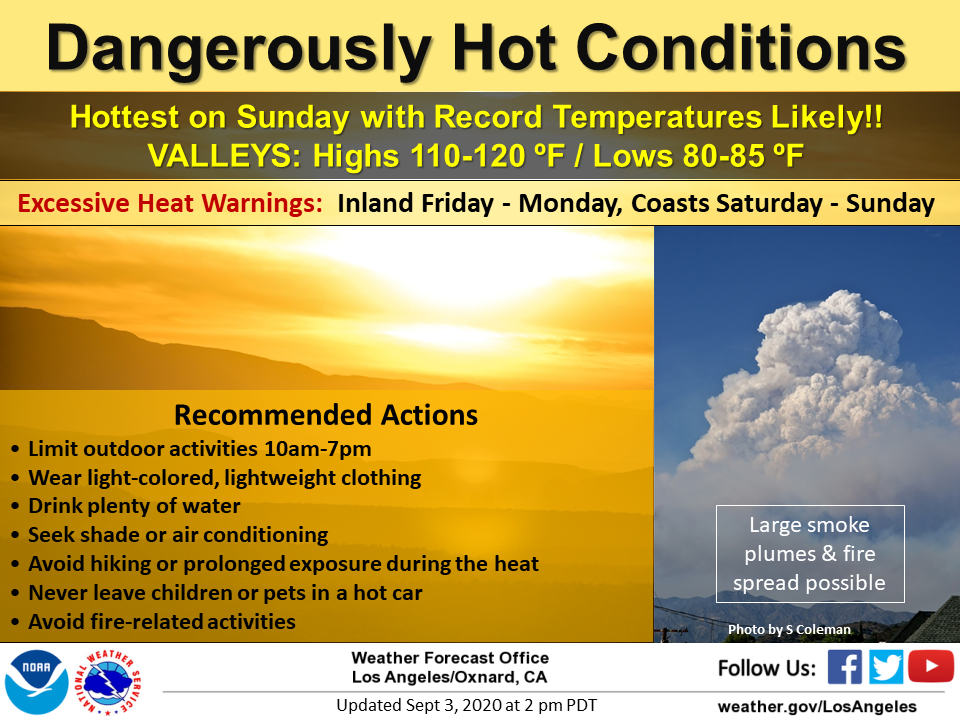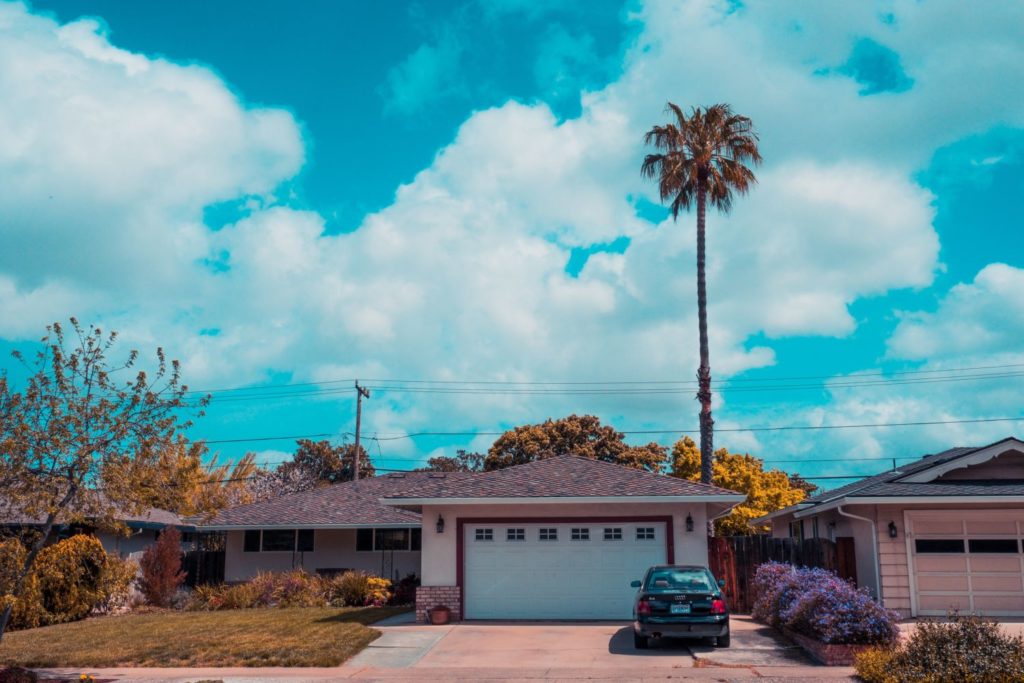Editor’s Note: Some community members contacted this newspaper to point out an omission of three African Americans who either serve or have served on the School Board: We’d like to acknowledge:
Former Board Member: Monina Diaz (2000-2004)
Former Board Member: Terrance Williams
Current Board Member: Selene Lockerbie
Apologies for the oversight.
If nothing else, 2020 will be known for tremendous division in the United States and around the world, due in no small part to protesters of inequality and racism, not to mention the staggering effects of COVID-19 on the planet.
America is in mid-crisis mode right now and November’s election is, perhaps, more contentious than at any time in the history of the United States. Protests, police shootings and political imprudence have dominated news cycle for what seems like an eternity.
Fifty-seven years after the famous Martin Luther King Jr. speech in D.C., there was another historic March on Washington last week: This year, the march for justice and equality was in the wake of George Floyd’s murder at the hands of police officers in Minneapolis, Minn.
That shocking and pivotal event, caught on video, ignited a conflagration of reactions all over the world indicating that America has an extremely long way to march to reach Martin Luther King Jr’s dream of equality for all.
Reminiscent of the protests of the 1960s, hundreds of thousands around the world have had enough of injustice. Many cities in the U.S. have grown tense and uneasy and, in some cases, — like Portland, Ore. and Kenosha, Wis. — have turned deadly resulting in even more pressure on citizens and municipalities.
The police, National Guard, federal agents and now an increasing number of vigilantes have thundered into the spotlight, vividly illustrating our intensifying divisiveness, exclusivity, and distaste for those with whom we do not agree.
In the post-2020 Democratic and Republican convention era, it’s clear the country is divided and history is indeed repeating itself — leaving some asking if there is any hope that we might ever get along, to paraphrase the Rodney King quote following the 1992 Los Angeles Riots.
Locally, a school board election coming up in Monrovia has KGEM host Ralph Walker and other community members asking some important questions about exclusion and racism. Walker points out the urgent need for recognition of those who paved the way to an integrated city such as Monrovia.
Walker said that he was “astonished” to hear that a few in the community, including potential school board candidates, were unacquainted with the name of an inspirational Black woman who changed the course of Black history in Monrovia schools, Mimi Mency.
“I couldn’t believe it, how could someone interested in Monrovia education not know such important local history?” Walker asked Monrovia Weekly Monday.
To many, the local school board election(s) are a just one big, long yawn. However, history teaches us quite the opposite, hence Walker’s comments.
Sept. 10, 1970 saw the first Black students arrive by bus to attend Plymouth Elementary School in Monrovia during the first day of integration. Integration at the Monrovia Unified School District began during the 1970-71 school year.
Among those fronting those challenges was a truly extraordinary individual who deserves recognition, above and beyond the hallowed hallways of Monrovia schools.
In 1972, Mimi Mency became the first African American elected to office in Monrovia when she joined the school board. Other Black residents followed Mency into elected office, like Robert (Bob) Bartlett, who was the first African American to be elected to the Monrovia City Council in 1974. He served as mayor between 1976-78 and 1988-2001. Then came Clarence Shaw (2009-2013) and Larry Spicer (2013- present), both serving on City Council.
Things were starting to evolve, and times really were changing, especially for the Black community and the unity and desegregation of Monrovia.
“Mimi loved this community and led through respect and love,” former Monrovia Mayor Mary Ann Lutz said in an interview with late local newspaper reporter Janette Williams, upon Mency’s death. “When Mimi spoke, you listened,” Lutz quipped.
“It was a huge lift to the community, including people who were not African American, to have someone of African American heritage on the board of education,” Bartlett told a local reporter in 2011 upon Mency’s death.
Mency helped guide school integration and made sure all resources were given equally at all schools in the city.
Mency served on the school board, twice as president, from 1972 to 1984. She was appointed to the Monrovia Planning Commission in 1985 and was subsequently honored by the Monrovia-Duarte Black Alumni Association.
“Mimi cared about every single person in Monrovia, especially the children,” said her granddaughter in a tribute published in a local paper in 2011. “If it wasn’t for her, I honestly believe the [Monrovia] schools wouldn’t be structured the way they are now. And she was a sweetheart, too.”
Beacon Media contributor and PCC professor Susie Ling said that “March 1969 saw more racial fighting at Monrovia High. The students of the Afro-American Association continued to be frustrated at the lack of social opportunity. Chaos was encouraged by the presence of the white supremacist organization on campus.”
Monrovia native John Parker said, “One day, fighting just broke out at lunch. It was tense until 1971. There were certain unwritten rules: Blacks could not be quarterbacks; Blacks could not go north of Foothill Boulevard without being harassed. The Blacks and whites would hang out at different sections of the school.”
Councilman Larry Spicer added, “There were no Black teachers, no Black bus drivers, no African American history in the curriculum. The issues that were going on all over the country were finally coming to Monrovia.”
In 1969 massive race riots closed Monrovia High School. In the early 1970s, students, parents and district officials forged new directions. Black faculty was hired, including those who taught African American studies. Rodney Hooks was senior class president and Roy Elder was the ASB president in 1968; Joannie Gholar (Yuille) was the first Black female ASB president in 1971-72, according to Ling’s vast knowledge of Monrovia’s history.
By 1969, a Black Student Union (BSU) was established at Monrovia High. In 1971-72, the students found an effective conduit for change: the BSU Choir.
“The 1992 L.A. Riots and the more recent incarceration rates of young Black men remind us that racism remains real,” says Ling.
The ethnic dynamics of the San Gabriel Valley have shifted as the populations of Latino and Asian Americans increase. Globalization has significant consequences on local jobs and fiscal stability. But Monrovia knows that their history of working together for their community is their strength and heritage.

